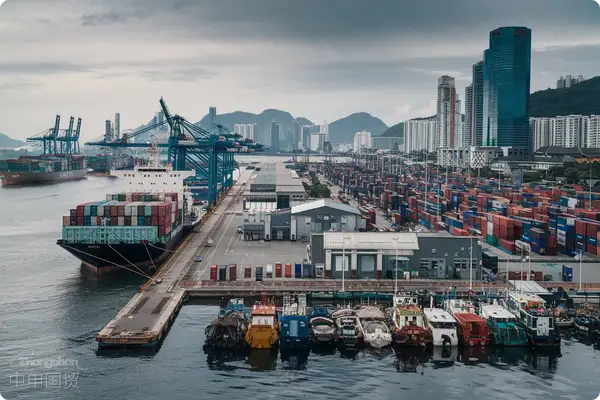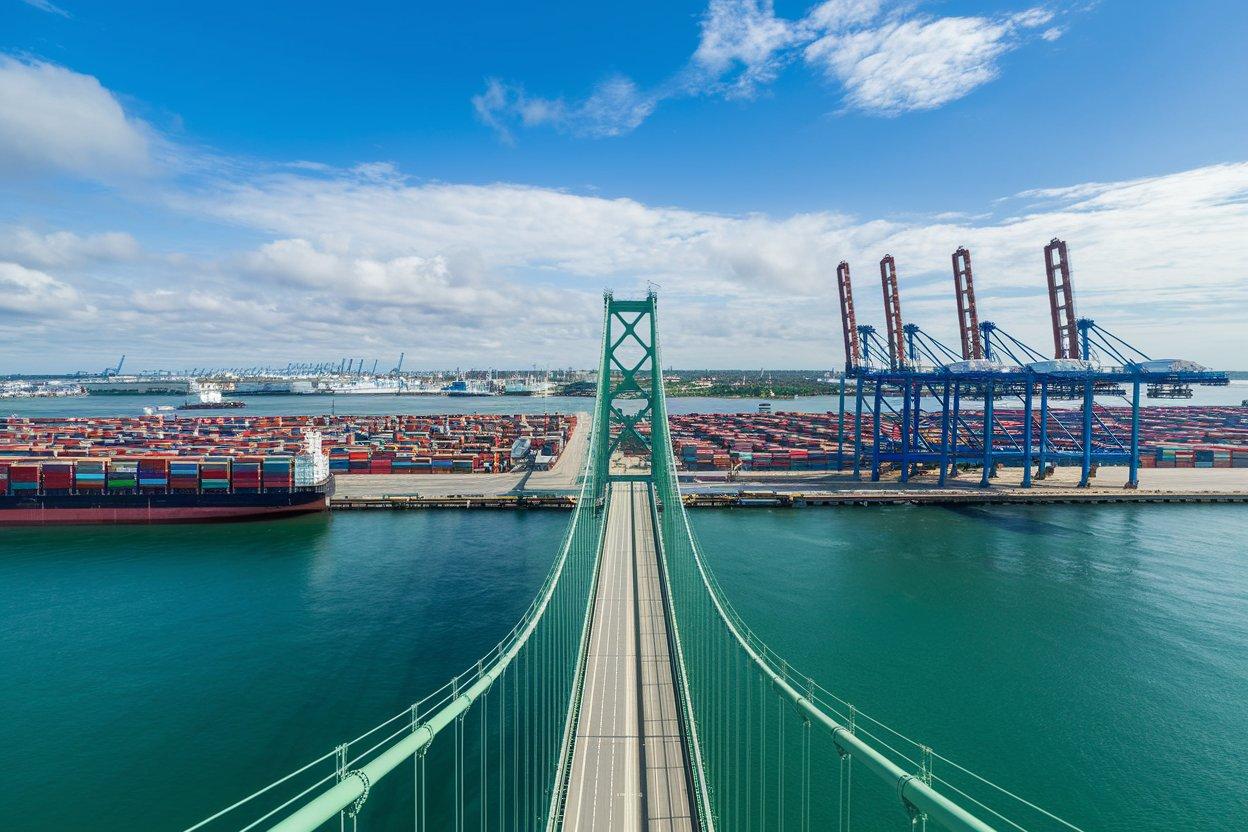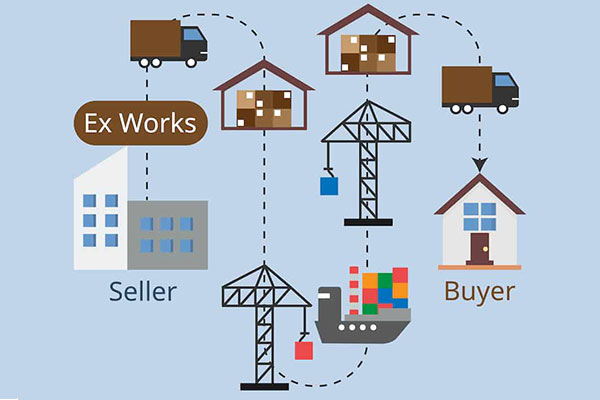- Shanghai Zhongshen International Trade Co., Ltd. - Two decades of trade agency expertise.
- Service Hotline: 139 1787 2118

I. Who is the actual export entity?
In theAgent - export modeUnderforeign tradethe agency model, the agency company serves as the export declaration entity and bears the legal responsibility as the operating unit on the customs declaration form. Whereas inself-operated export mode, the manufacturer directly completesExport Clearancethe process in its own name, acting as both producer and exporter.
II. What are the key differences in capital occupation?
- Foreign Trade Agency Agreement:
- Agency companies typically provide foreign exchange advance payment services
- Enterprises can enjoy 90-120 days payment buffer
- Some high-quality agency companies offerL/Cfinancing
- Self-operated export:
- Must bear full payment risk independently
- Foreign ExchangeA complete export agency agreement should be attached with:Cycle directly affects cash flow
- Establish an independent foreign exchange risk control system
III.Export DrawbackHow to define the ownership of rights and interests?
According to the latest policy interpretation by the State Taxation Administration in 2025:
- Under the agency export model,Tax rebate rights belong to the production enterprise, while the agency company only assists in processing
- Self-operated export enterprisesDirectly enjoy full tax rebate rights
- Special circumstances (such as cross-border tax exemption policies) require special attention to the matching of declaration entities
What are the essential differences in legal risk assumption?
Through analysis of the 2025 international trade dispute case database:
- In agency exports:
- Quality disputes are the responsibility of the production enterprise
- Document deficiency risks are borne by the agency company
- For self-operated exports:
- All legal risks are independently assumed by the enterprise
- A complete trade compliance system needs to be established
How to choose the most suitable model?
- Recommended scenarios for agency exports:
- SMEs with annual export volume below $5 million
- Products involving sensitive controlled categories (e.g., chemical products)
- Initial trial order phase when exploring new markets
- Conditions suitable for self-operated exports:
- Having a complete export management department (professional team of 5 or more)
- Annual export tax rebates exceeding RMB 2 million
- Establishing overseas subsidiaries in major export countries
Is there operational flexibility for hybrid models?
According to the new 2025 General Administration of Customs policy, enterprises are allowed to adoptDual-track export model:
- Regular orders exported through self-operated channels
- Special orders (such as sample orders, customized orders) use agency channels
- Attention should be paid to the annual declaration subject ratio control (it is recommended that agency exports account for no more than 30%)
Enterprises should select an export model that can both control risks and maximize benefits based on actual export scale, product characteristics, target markets and other factors, combined with the new requirements of customs AEO certification in 2025. It is recommended to consult professional trade service institutions for customized solution design.
Related Recommendations
Contact Form
? 2025. All Rights Reserved. Shanghai ICP No. 2023007705-2  PSB Record: Shanghai No.31011502009912
PSB Record: Shanghai No.31011502009912










